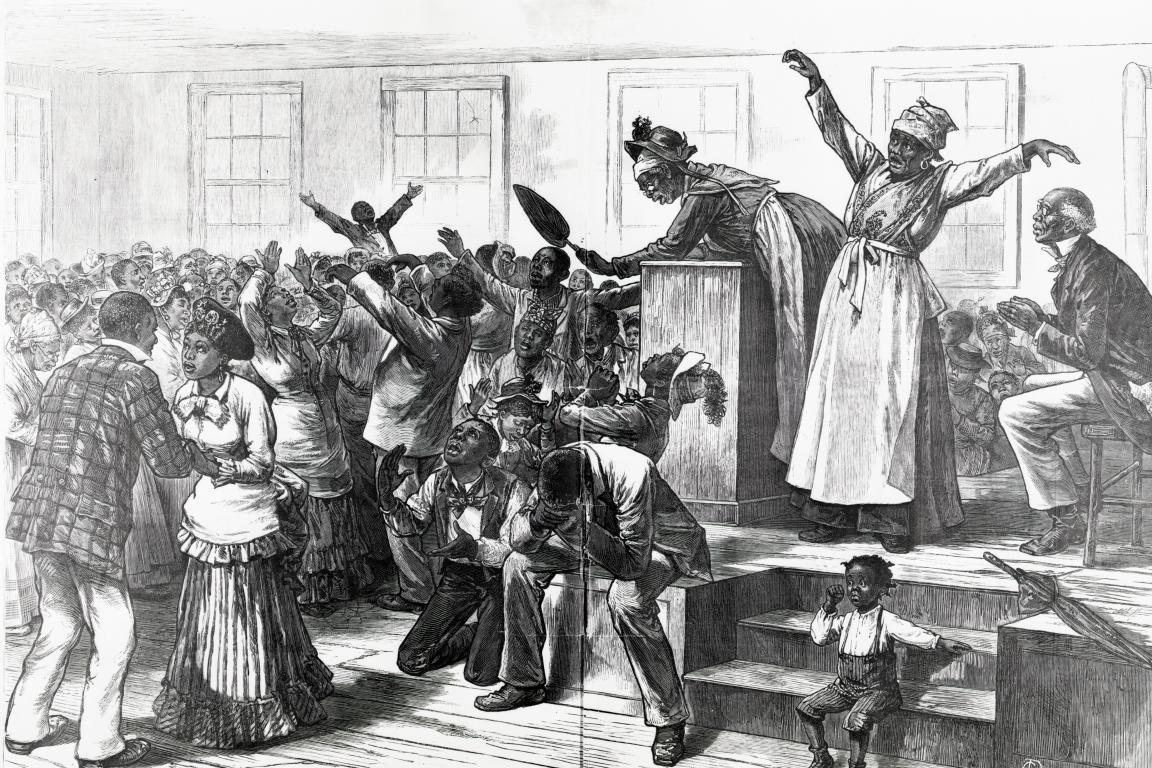Introduction: Beyond Celebrations – A Day of Sorrow and Hope
While New Year’s Day is often associated with celebration and new beginnings, its historical connotation for Black Americans during the era of slavery was starkly different. This date, ingrained with sorrow as “Hiring Day” or “Heartbreak Day,” marks a poignant juxtaposition of despair and hope in American history.
The Harrowing Reality of “Hiring Day”
January 1 was a dreaded date for enslaved Black Americans. Known as “Hiring Day,” it was a time when slave owners would settle debts by renting or selling their slaves, often resulting in painful family separations. Enslaved people would spend the eve of the New Year in a state of deep anxiety, uncertain if the coming day would tear their families apart.
The Historical Context of Slavery and New Year’s Day
The tradition of “Hiring Day” was not just an isolated practice but part of a larger, systemic economic cycle prevalent in the antebellum South. It illustrates how deeply the institution of slavery was interwoven into the American economic fabric, with human lives being bartered to settle financial transactions.
Personal Accounts of Suffering and Endurance
Accounts from former slaves, like Lewis Clarke and Harriet Jacobs, offer a window into the emotional and psychological impact of “Hiring Day.” Their narratives vividly depict the anguish and desperation that enslaved people endured, amplifying the human cost of this grim historical reality.
From Despair to Hope: The Significance of Freedom’s Eve
The night of December 31, 1862, marked a significant shift from despair to hope. Known as “Freedom’s Eve,” this night anticipated the Emancipation Proclamation, signed by President Abraham Lincoln on January 1, 1863. Although its immediate impact was limited, it symbolized a major stride towards the abolition of slavery.
The Legacy of Watch Night Services
Watch Night services, initiated on Freedom’s Eve, have become a lasting tradition within the Black community. These gatherings not only commemorate the historical moment of the Emancipation Proclamation but also serve as a testament to the enduring hope and resilience of Black Americans.
The Cultural Significance of New Year’s Day Foods
The tradition of eating black-eyed peas and collard greens on New Year’s Day, rooted in African American history, symbolizes good luck and prosperity. This culinary practice, born out of necessity and resilience, is a celebration of cultural heritage and a reminder of the unyielding spirit of Black Americans.
Reflecting on the Past, Looking Towards the Future
As we celebrate New Year’s Day, it’s important to reflect on its multifaceted significance in American history. This day reminds us of a painful past but also highlights the enduring strength and hope of those who fought for freedom. It is a call to remember, learn, and continue the pursuit of equality and justice.
Conclusion: A Day of Remembrance and Resolve
January 1 stands as a testament to the complex tapestry of American history. It underscores the importance of acknowledging and understanding our past to build a more inclusive and equitable future. As we step into another year, let us carry the lessons of resilience and hope from our history, using them to shape a better world for all.










